Catching The Flying Catch - Bee Eaters
The Nature, Behaviour and Photography of Bee Eaters
BIRDS
Aniruddha Bhattacharya
1/24/20253 min read
Pics 1 - 6 = Chestnut Headed Bee Eater : South Andaman | Pics 7 - 8 = Blue Tailed Bee Eater : South Andaman | Pics 9 - 10 = Green Bee Eater : Jhalana & Bhandavgarh National Reserves | Pics 11 - 12 = Little Bee Eaters : Masai Mara National Reserve
Aerial Insectivores. These are Predators on wings catching their prey while both predator and prey are in flight. The feed, “On The Wing” and their antics will put our so called dog fighters to shame. Not a surprise though, most our aircraft design mimic birds anyway. Insects like Dragonflies do it, so do Bats and many birds, among whom, the most common one we see around these parts are the Bee Eaters.
I haven’t seen much wilderness without Bee Eaters there. Well, come to think of it, Meghalaya doesn’t have them and neither does Uttarakhand. So, they’re not in the higher altitudes. I’ve only been wildlife chasing in Masai Mara outside India so far and I found the Little Bee Eaters there (Pics: 11– 12). The North and Central parts of India have Green Bee Eaters ( Pics : 9 - 10) mostly while I see the Chestnut Headed variety being the most common in Assam ( Pics : 1 – 6 ). Andaman had the same along with the Blue Tailed Bee Eaters ( Pics : 7 – 8). So, I recon I might just see more in the South of India when I go there next for birds hopefully. Well, that’s the plan so far. There are 6 kinds of these guys seen in India and like 31 globally. So yeah, they’re all around.
Unlike many birds, they are never around solo or in couples. If there’s one, there’ll be others of the same kind nearby and that’s cause Bee Eaters nest communally in colonies of many burrows tunneled into vertical sandy banks. Like many other birds, they are also known to bring up their young communally with the parents being monogamous. I find it interesting how us Humans have taken to monogamy, something that is more prevalent in reptiles while apes and monkeys, who we are related to genetically are not all monogamous. Some are, not all. In fact more birds are monogamous than mammals in general.
Now these guys are fast. I mean real fast. One second, he’s on his perch, the next he’s gone and in two seconds he’s made a circle around the perch and is back to the spot where he was initially. Want a shot in flight? Forget about it ! Your hands can’t move as fast as your eyes and in this case your brain is just guessing his flight path based on a blur of repeated movement so your eyes have already failed you. Even if you set up wide, I doubt your focus would ever catch. They’re faster than the eye and brain. Little birds usually are but these guys keep doing the same flight path unlike the other little birds that I have seen so far and they need to do this cause their game is catching insects mid flight. So I recon, he practices a flight path, sets that to muscle memory and keeps doing it so that he can concentrate on moving his head to catch his prey, which is bound to be around water or some other obvious spot that will draw insects. Well, that’s the catching of mostly bees and wasps. Now for the eating, they will smash and rub the prey on a hard surface to get it’s stingers off and squeeze, release and pulverize the body of the prey to force it’s venom out before consumption.
So, perched seems to be the best way to get clear images of these guys and where it gets fun is that like many other small birds, they move their heads in a specific pattern just like how they fly in the same pattern. So, two ways to do it. One, set up firm and hold your shutter down, pray that you don’t catch all blurry shots and don’t see many other subjects that day or, two, catch his pattern of head movement before he dives into his flight pattern and frame accordingly. So you wait with your shooting pattern in mind, in between his patterns of head movement and flight and pick one shot at a time as he moves his head. Trying more than one usually threw the whole thing off for me timing wise and picture clarity wise. I personally prefer the second way even if I have a lot of free memory at hand cause I don’t use a laptop anymore and I hate purging on the little cam screen. It’d take hours and I just need to chill and not do photos when I’m back at camp / hotel.
Most importantly, proximity helps a lot with these little birds and so does his perch’s angle. Closer and set up for a head on works best. Just gotta be careful to not scare em off while repositioning. Well, here’s my two bits on em from what I know so far. Lets hope I meet a few more now this year.
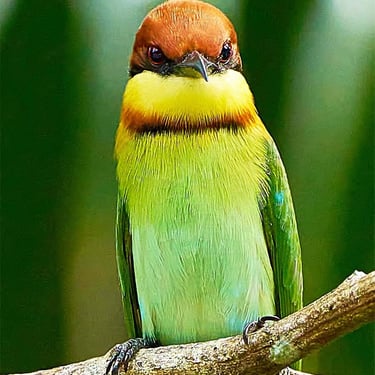
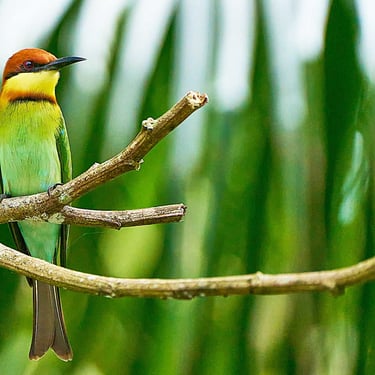
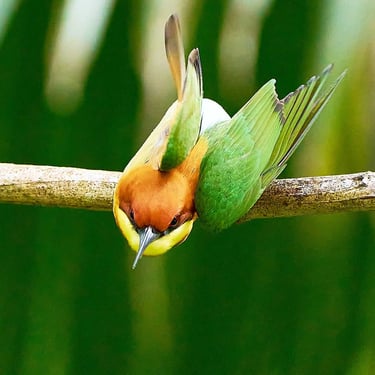
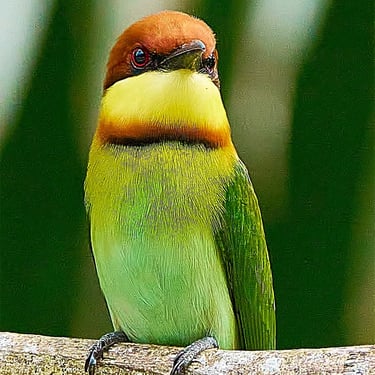
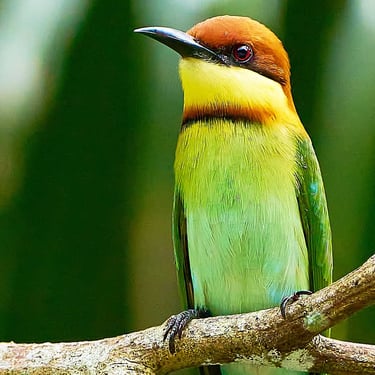
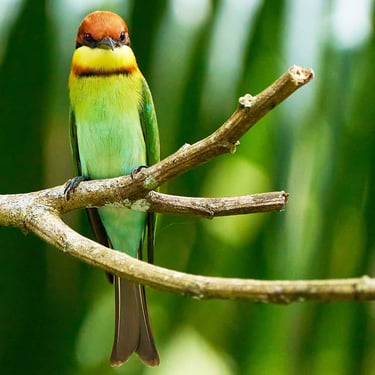
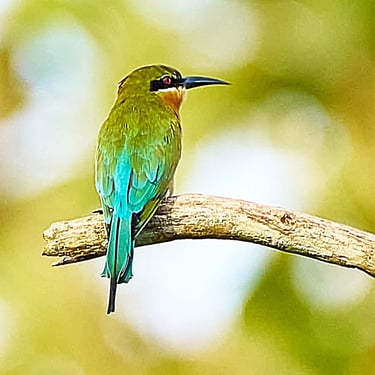
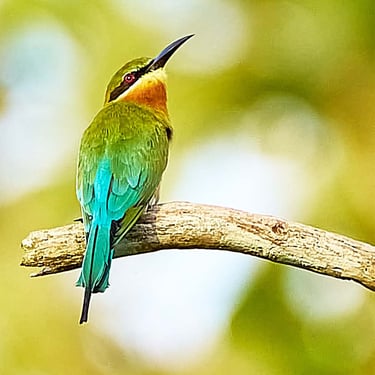
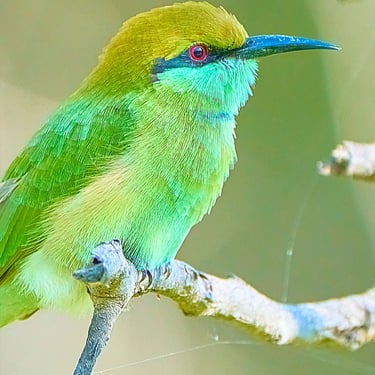
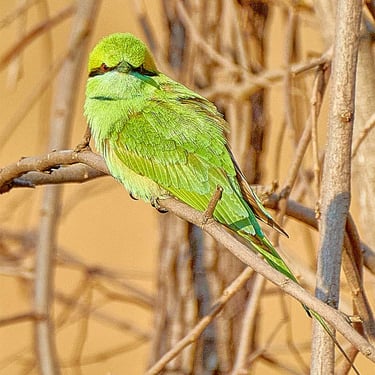
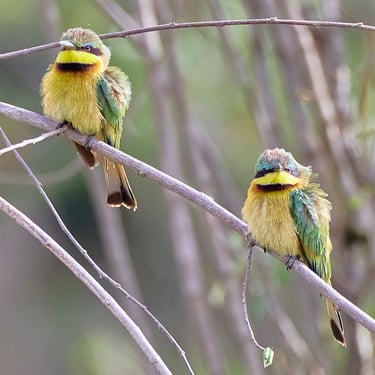
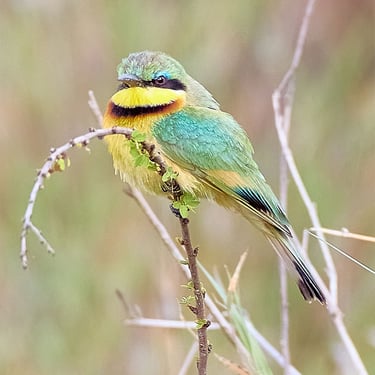
© 2025. All rights reserved.
